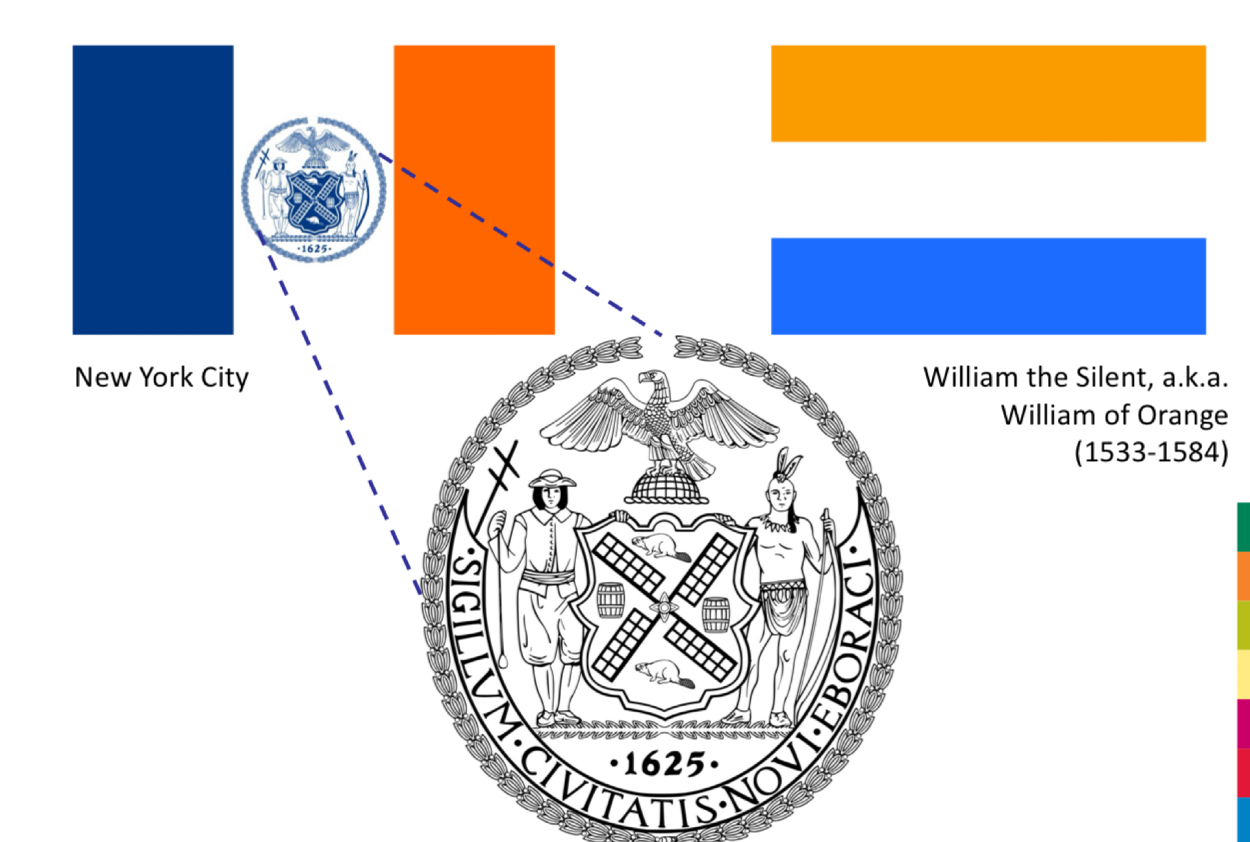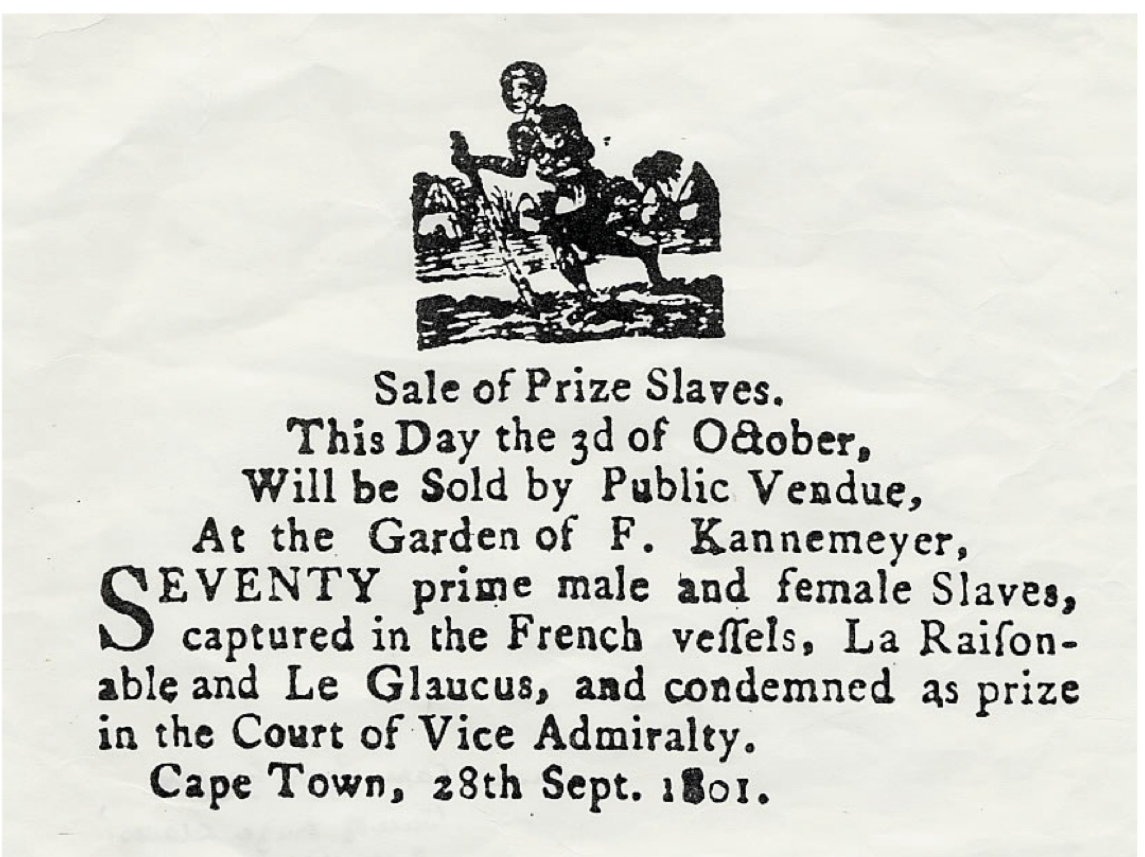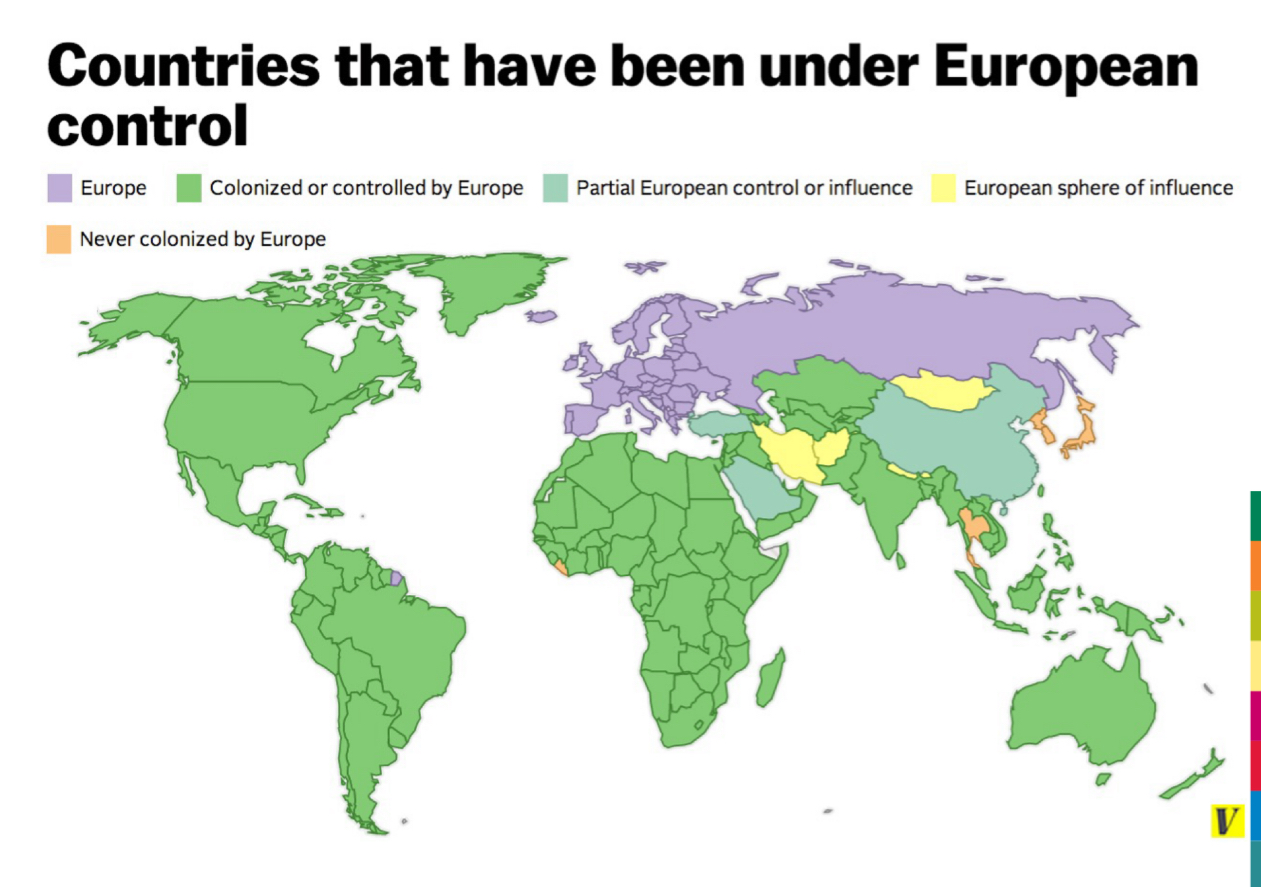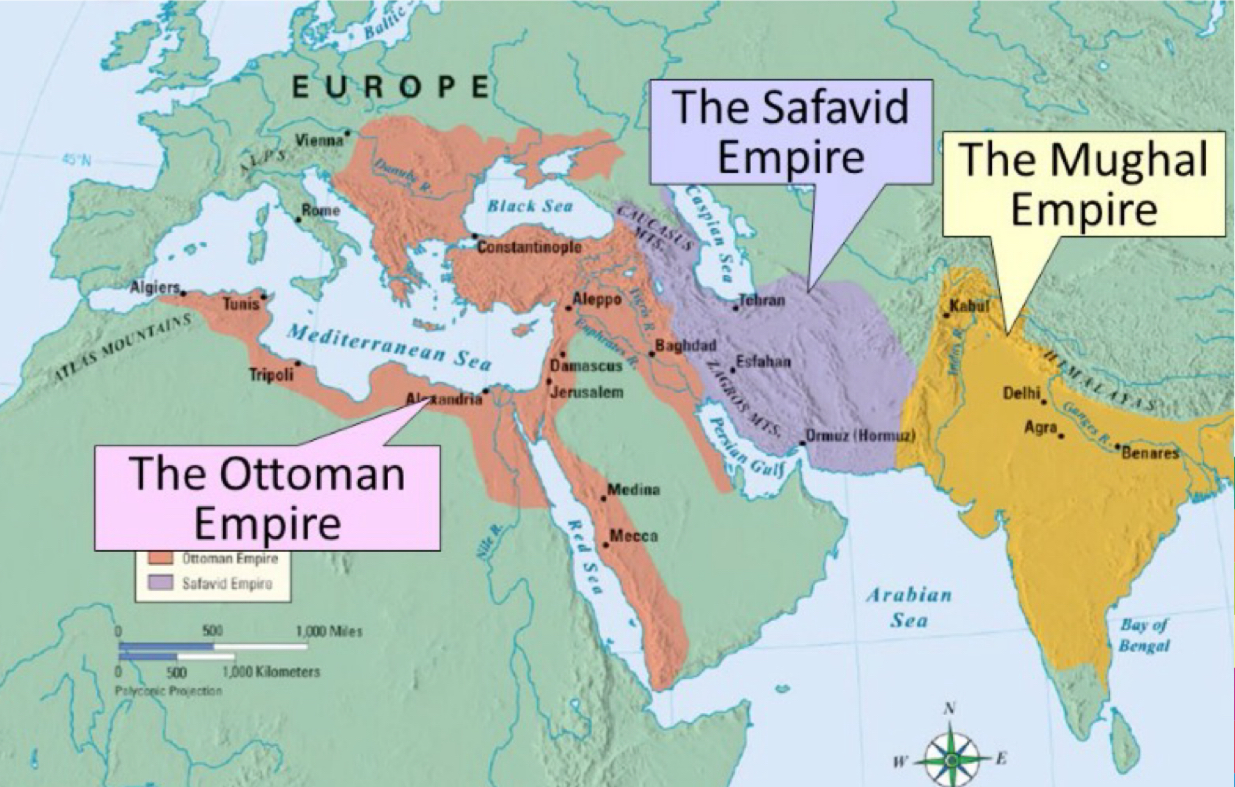Global History
1/346
There's no tags or description
Looks like no tags are added yet.
Name | Mastery | Learn | Test | Matching | Spaced |
|---|
No study sessions yet.
347 Terms
Why study global history in IR
For many centuries empires were the main actors
Actors outside of the state- merchant companies
idea of peace of Westphalia was that sovereign state would keep wars away
Hegel- you can only really know what happens/ understand history once it is complete and you have all the facts in front of you
Good theory comes from good history
State sovereignty
the state is the form of human community that (successfully) lays claim to the monopoly of legitimate physical violence within a particular territory - Max Weber
Examples of illegitimate use of physical violence: torture, crime
Monopoly: it can not be split- there is only one legitimate authority (state)
History as ‘scripture’ Lawson
Using what has happened to explain what and why something could be happening now
Types of historical thinking
history
Meta history
Anti history
History
Nonfictional account of the past
Concerned with change over time
A craft
Study of the past
Truth is not something that historians can every capture
Empirical knowledge
History aspires to:
Discover order and structure in the chaos and messiness of the past
Construct order and structure by creating a narrative of an argument, based on verifiable evidence (narrative construction)
Meta history
Emphasizes patterns and regularities, great divers of development, larger meanings in of history
Often about one idea, ex. Freedom
Ex. Communist manifesto- main idea class struggle
Was popular in C19, had a bad reputation in C20, and is now making a comeback
Key terms:
Longue durée: take long view of history to identity long term trends/patterns and distinguish the continent from the permanent - French historian Fernand Braudel
Anti-history
The idea that when we speak of history, fiction and non-fiction are identical
A relevant concept in todays age of “fake news” and “post truth”
Examples
The holocaust never happened
Barack Obama was not born in the US
Moon landing was a hoax
Can take form of conspiracy theories
No concept of objectivity
Closely related concept: relativism
Bottom line: is fiction and speculation, NOT proper history
Just stories?
A historian develops a specific argument, which they believe is accurate on the basis of the existing evidence
Why and how did events happen?
What caused an event?
Which individuals played important roles?
What is the meaning of the events studies, in terms of the past and of the present? Why do they matter?
What is global history?
Big history
Also called universal history
Concerned with the history of the world since the Big Bang
Global history
World history
The story of connections within the global human community
The interconnected whole has a history

The flag that made it across the Atlantic to settle New Amsterdam -> manhattan
Later changed to New York
1625 - “bought” manhattan from the indigenous people
British was given New Amsterdam (New York) to gain land in the West Andes

Dutch colony
South Africa was part of the Dutch empire in the C18 -> called cape colony
Lots of segregation -> taken away citizenship from indigenous people
The slave trade occurred under Dutch rule
Jakarta Indonesia
Former capital of the Dutch India company
Center of spice trade
The architecture was supposed to bring West influence and help the “uncivilized” people that lived there
Dutch forbade the indigenous people from living within the city limits
Imperial expansion
Process of destruction
Process of creation
Major consequences to this day
Consequences of imperial expansion
Economic growth from colonies led to industrialization of Europe
Economic rift
Hybrid cultures, languages
Official language are the colonizers language
Island nations that are part of EU
Ex. Canary islands
British empire
The empire where the sun never set’
Had so much territory that the sun was always up on some of its territory
Best maritime empire the world has known
At the height of the British empire, it ruled almost 1/4 of the world

Chronological scope of European empires
European colonization begins, 1492
Columbus “discovered” the Americas
Vikings had been there before
era of Spanish and Portuguese hegemony, C15-C16
Era of British and French hegemony, C17-C19
High imperialism, ca. 1870-1914
Decolonization, ca 1950-1980 (but earlier waves in North and South America, late C18-early C19)
Imperialism- competitive system
Created fight for territory, resources
All of Europe was not benefiting from this, they were also fighting each other
Empire
A Large, composite, multi-ethnic or multinational political unit, usually created by conquest, and divided between a dominant center and subordinate, sometimes far distant, peripheries
Direct rule
Central government based in a city/ metropole
Indirect rule
Central government rules over colonies areas through client control over local gov (elites)
6 main characteristics of an empire
Direct (centralized) and indirect (decentralized) rule
Established and maintained by violence
Random → legitimacy not important
Extreme → genocide, mass murder
Dominated core economically exploits the periphery
Core population believes in its own cultural superiority and “civilizing” mission
European empires in particular associated with pseudo-scientific racial hierarchies
Especially prominent C19 C20
mass movement of people: both voluntary migration (eg settler colonialism) and forced migration (eg slave trade)
White Mans Burden Kipling
Encouraged Europeans to send their sons to the colonies to serve and civilize and shaming ones that would not do this → core to periphery
Imperialism
The actions and attitudes which create or uphold such big political units; an explicit policy of imperial expansion; a system of OR less obvious kinds of control/ domination
Colonialism
System of legal rule by one group over another, where the first claims the right to exercise exclusive sovereignty over the second and to shape its destiny
Settler colonialism
Large-scale population movements, where the migrants maintain strong links with their or their ancestors former country and when by doing so they gain significant privileges over other inhabitants of the new territory
The post-colonial world
The parts of the globe that used to be under colonial rule
Neo-imperialism
Post-colonial situations where an outside power - usually, but not always, the former colonial ruler - still exercises a substantial, though semi-hidden influence in ways that resemble older patterns of more open domination
Example: the CFA Franc
CFA= financial community of Africa (previously French colonies in Africa)
Until 2020, 50% of the bills were kept at the French central bank and the value of the CFA Francwas entirely dependent on the value of the Euro
Empirical eurocentrism
Only looking at Europe/ the West
Methodological eurocentrism
Painting Europe as self-made driver of modernity, even if looking beyond Europe
printing press, gun power and magnetic compass all seen as European inventions, actually invented in china
Methodological eurocentrism 4 interrelated assumptions
Methodological internalism: origins and sources of modernity = internal to Europe (non-Europe = passive, explored periphery)
Historical priority: Europe conceived as the permanent ‘core’ and prime mover of history
Universal stagism: European modernity = universal stage of development through which all societies must pass; modernity a public good to be spread outward to other societies
Linear developmentalism: endogenous processes of social change = universal stages of linear development
European backwardness: links to Leiden
Raphelengius- created first printed Arabic-Latin dictionary
Scaliger- helped move from eurocentrism
Late C16- beginning of the Dutch golden age
Tulips- came from the Ottoman Empire (introduced in 1593)
Was very important to Dutch economy-still is
Was part of the first stock exchange
Japanese knotweed introduced 1830s
Eurocentrism definition
A point of view that places Europe at the center of everything, particularly modernity and progress, and that sees the rest of the world as historically backwards
5 assertions about pre-1500s world
It was stuck in stagnant ‘tradition’ that undermined economic development
It was divided into insular regions
It was ruled by irrational despots or petty chieftains
A globally interdependent world was not yet possible
That interdependent world was finally created during Europes ‘age of discovery’ starting in 1492
Associated with the methodological eurocentrism view
Are the assertions about pre-1500 correct
No
during the Afro-Asian ‘age of discovery’ (ca. 500-1500), local or regional economies were linked together n a interconnected whole; proto-globalization
Europeans entered the imperial game in the late C15 under circumstances dictated to them by middle eastern Arabs, Persians, Africans and others; nihilo nihil fit (nothing comes out of nothing)
Before the C16, there was considerable eastern economic progress and political sophistication
Oriental globalization(ca 500-1500)
middle eastern Muslims & north Africas were the first to begin creating a ‘global’ economy after 500
The east-oriented global economy was maintained until ca 1800 by diverse groups of people
It linked together all major world civilizations (except Americas) through trade, hence the term ‘oriental globalization’ (or eastern globalization)
Global history timeline: oriental globalization
500 - 1800
Key factors about Oriental Globalization
begins ca. 500 with revival of land routes through Central Asia traversed by camels (greater endurance than horses)
Right when western Roman Empire falls (476)
Between ca 500-1100, 2 main centers of civilization (Middle East and china) are connected through trade, creating a world system
Mostly peaceful relations between empires; trade is mutually beneficial; few areas of territorial dispute
4 main empires of medieval world
Byzantine empire (ca 330-1453)
Tang empire followed by Song empire in China (618-1279)
Umayyad empire followed by Abbasid empire (661-1258)
Fatimid empire in North Africa (909-1171)
Byzantine empire
ca. 330-1453
Aka eastern Roman Empire, capital in Constantinople (Istanbul)
Eastern Orthodox Christianity after break with Roman Catholicism, C11
Tang and Song empire
618-1279
China
Capital in Chang’an (Xi’an)
Interregnum in C10: ‘five dynasties and ten kingdoms period’
Umayyad and Abbasid empire
661-1258
Middle East, North Africa, Central Asia
Sunni Islamic caliphates, capital in Damascus and Baghdad
Abbasid golden age, late C8-C9
Fell during Mongol invasion, C13
Fatimid empire
909-1171
North Africa
Shia Islamic caliphate
Fell to Abbasid empire and Christian first crusade, C11-C12
The Silk Roads
Variety of land routs across east Asia, Central Asia, and Middle East that delivered things like silk and spices that delivered things between the west and east
Islam: central to globalization for 2 main reasons
Brought cultural and political unity to a previously fragmented region
Was a religion that encouraged trade
Islamic world was the bridge linking together a massive Afro-Asian economy, ca. 650-1800
Some scholar argued Islam was part of the emergence of capitalism
Trade with Africa
Muslims were particularly dependent on African trade
Egypt was a crucial junction between Middle East and North Africa
African markets were the most profitable branch of trade
East Africans were trading with India even before Muslims arrived
Marco Polo
First European to reach china → over land
Christopher Columbus
Wanted to reach China and the Indies by going over the Atlantic → ran into the Americas
Ibn Battuta
Most notable Muslim explorer
traveled most extensively over both land and sea
General features of Chinese empires
become even more internally powerful than Islamic counterparts from ca 1100 onward
By 1400s, start influencing global economy more strongly than Islamic empires
Enormous- territory and population
What made china so internally powerful from the 1100s onward
China was enormously wealthy
Why was china so wealthy during pre-modern period
during Song dynasty (960-1279) china undergoes its ‘first industrial miracle’
Develops characteristics usually associated with the British Industrial Revolution of C18-C19
Chinese Industrial Revolution
huge increase in iron and steel production
Wrought iron→ cast iron; cheaper, durable goods
Expansion of transportation system (roads, canals with locks) cheap and fast distribution
A tax system based on cash money (rather than goods, eg, crops): more urbanization
Advanced agricultural techniques: higher yield ratios
‘First military revolution’ 850-1290 (gunpowder, cannons, better shipbuilding)
Revolutions in navigational techniques (compass)
Case study: Zheng He and the Treasure Fleet
Zheng He (1371-1433)
Muslims (long history of religious/ethnic mixing; eg China was ruled by religiously tolerant Mongols in C13)
Under Ming dynasty, he went on 7 voyages with ‘treasure fleets’ 1405-1433
Goals: to show off treasures and military strength all around the Indian Ocean; to project Chinese power; to bring back ambassadors from foreign lands willing to become part of the Chinese tribute system
Zheng He dies in 1433; Xuande emperor dies shortly after, Treasure Fleet was voluntarily destroyed, and further large voyages were abandoned
C15- China renounced maritime imperialism (had potential to rule world)
Remained open to international trade and counties to develop
Indian Ocean trading Network
Ca 800-1500
‘Maritime Silk Roads’
Global history timeline: Islamic/ African forerunners
500 - 1100
Global history timeline: Chinese dominance
1100 - 1500
Global history timeline: Indian Ocean trading network
800 - 1500
Why surge of Eurasian empires in C15?
Rise and fall of the Mongol empire (C13-C14)
Mongol Empire
C13-C14
Genghis Khan (emperor)
Largest contiguous land empire in world history
Conquered more land in 25 years than the Roman’s did in 400
1294- fragmentation in 4 smaller sections
Mongol empire: success factors
Brutal military tactics
Finest horsemanship - speed and mobility
Use of stirrup let them be able to become very good at shooting their bows in any direction
Mongol empire: after conquest
religious tolerance
Pro trade
Diplomacy
Travel
Cities across Asia opened to international commerce
Tamerlane and the Timurid Empire
Mongol empire declines ca 1350
Took advantage of this to take territory for Timurid Emprie
Tamerlane (Timur), 1370-1405 steps into vacuum
Last great nomadic conqueror who tries to rule entries ‘world island’
All of Eurasia under rule of one empire
Impact of the Mongol and Timurid empires
Decline led to 4 major Eurasian developments:
Muslim empires established from Mediterranean Sea to Ganges river basin in Indian subcontinent
Russian empire conquers Siberia to the Pacific Ocean
Ming and Qing dynasties expand westward
European voyages of exploration
Early modern period (C15-C18): 2 types of imperial expansion
land empires (Islamic, Chinese, Russian)
Sea empires (European)
Hobbes Leviathan bible metaphor
Job 40-41
Behemoth- ruler of land (land empires)
Rhino, Hippo, elephant
Leviathan- ruler of sea (sea empires)
Serpent, dragon, sea monster
‘Modern state is most powerful artificial unit on earth’- Hobbes
Asymmetry between land and sea empires
Behemoth ≠ Leviathan
3 major Islamic empires
Ottoman Empire (1299 - 1922)
Safavid Empire (1501 - 1736)
Mughal Empire (1526 - 1857)
When did Islamic empires peak?
C15-C16
Where were the major Islamic empires?
ottoman- southeast Europe, parts of North Africa and Middle East
Safavid- heart in Persia (Iran), mostly in Middle East
Mughal- India

Key features of Islamic empires
Mughal & Safavid empires: sudden military conquests necessitate development of strong state
Major victories: Safavids 1500 - 1502 — Mughals 1526
Mughal & Safavid empires: fast decline from early C18
Multiethnic empires
Ottoman Empire lasts longer and exerts most influence in early modern period
Chinese Empire major dynasty
Ming dynasty (1368 - 1644)
Qing dynasty (1644 - 1911)
Transition from Ming to Qing, the Manchu conquest (mid C17) involved wars and ethnic cleanings that resulted in the deaths of ca 25 million people
C17 = deadliest century
Chinese empire expanded across Central Asia into Mongolian, Turkestan and Tibet
Key features of Chinese empire
highly developed bureaucratic structures; centralized and efficient government administration
Used merit system to decide gov officials - did not matter what family you came from only what your result was on the exam
Until 1433, might have expanded into maritime empire (Sheng He and Treasure Fleet)
Need to defend land empire against threats by Mongol and Turkic nomads, especially NW
Established elaborate overland tributary system
Main infrastructural feat of Ming dynasty
Main part of Great Wall of china
Chinese empire: Tributary system
If you wanted to trade with china you needed to declare your loyalty (bring gifts/offerings to emperor)
Opportunistic→ pledged loyalty without it actually meaning anything more than trade opportunity
Mode of international relations
Russian empire
Ivan III achieves Russian independence from Muslim rule under the Golden Horde khanate 1480
Ivan IV (the Terrible) crowns himself Tsar 1547
Romanov dynasty conjures Siberia and wins access to vast natural resources C17- onward (fell in 1917)
Civil war followed Ivan IV death → lead to Romanov dynasty
Key features of Russian empire
Gradual construction of centralized state; from C18
Russia bridge between Western Europe and Asia
Peak power under the Romanov dynasty, especially its modernizing tsars
Peter the Great and Catherine the Great - expansion to the West
Massive expansion eastward to the Pacific Ocean 1463 - 1699
Unique tributary system masked on fur pelts (eg. Sable)
How long did the Romanov dynasty last?
1613 - 1917
Peter the Great
1672 - 1725
Traveled to Europe in disguise to learn about different modern techniques
Brought back modern military techniques
Catherine the Great
1729 - 1796
Focus/ interest in western culture
Wanted to bring western art and science to Russia to modernize it
Europeans sail across Atlantic Ocean
from 1492
First being Christopher Columbus
Europeans sail across Indian Ocean
from 1497
First being Vasco de Gama
Sailed from west coast of India to Africa and around the southern tip of Africa
First wave of European imperialism
early modern period; 1492 - early C19
Second wave of European imperialism
Ca 1870-1914
‘New imperialism’ or ‘high imperialism’
3 crests of first wave of European imperialism
1492- 1648: expansion under Spanish and Portuguese hegemony
1648 - 1770: expansion under Dutch, French and British hegemony
1770 - 1815: contraction; fist wave of decolonization (Americas); British remain hegemonic
Treaty of Tordesillas
Signed in 1494 by Spain and Portugal to split the new land outside of Europe
(Down middle of South America→ Portugal got Brazil, Spain rest)
Genocide of Indigenous Americans?
Indigenous population dropped 90% between 1492-1600
Genocide? Debated
Many died from new European diseases-> unintentional deaths
Deaths through forced labour -> death over need to labour not extermination of indigenous
Result of deaths through forced labour - African slave trade
Placed in a completely new place - less likely to resist
Indigenous - was there home, had a culture, etc - could lead to more resistance
Main European mercantile companies
Dutch East India Company est 1602
British East India company est 1600
What were European mercantile companies after in the East?
COMMERCE
trade luxury goods (ex. Spices, textiles, tea): buy cheaply in Asia and sell for a profit in Europe
Infiltrate and control existing networks
Very little international reorganization of subject nations: indirect rule, client states, etc
What were European mercantile companies after in the Americas?
COMMERCE
more invasive means than in East
Extract natural resources with forced indigenous labor, then imported African slaves
Totally reorganized or destroy subject nations; direct rule
Settler colonialism
Asymmetry between sea and land empires
in east, Europeans were latecomers to well-established trade networks (oriental globalization)
At first, Europeans minor trade partners to rich and powerful Eurasian land empires
Rich land empires (trade surpluses) were not worried about European control of seas
Sea empires started to claim not only ports as their own territory but also certain sea ‘lanes/routes’ as sovereign territory
Asymmetry allows for centuries of coexistence (conflicts mainly sea/sea or land/land)
Atlantic slave trade
Aka triangular trade
From West Europe to west Africa → bring finished goods to trade for slaves
West Africa to US → slaves get exploited for labor to make goods
US to West Europe → bring back finished goods/ new resources from the US
Main Atlantic slave trading nations
Portugal
Britain
Spain
France
Netherlands
Global history timeline: Mongols
1300 - 1400
Global history timeline: Timurids
1400 - 1500
Global history timeline: surge in Eurasian land empires
1500 - 1800
When was the Medieval (Europe (middle ages)) period
500 CE - ~1400
When was the early modern period
~1400 - 1800
When was the late modern period
1800 - 2000
Malthusian trap
a theory that population growth will outpace agricultural production, clause in a resource bottleneck
Population grows exponentially, food production grows linear
The Great Divergence
is the socioeconomic shift in which the Western world overcame pre-modern growth constraints